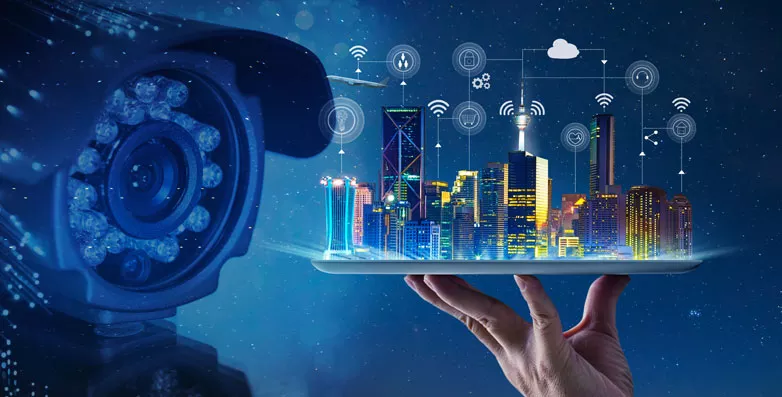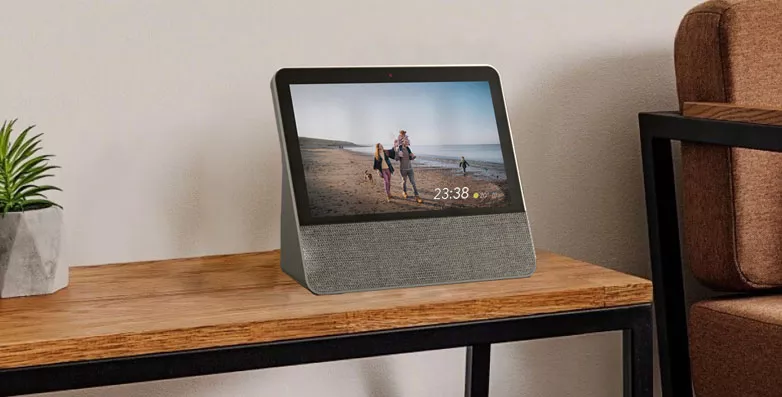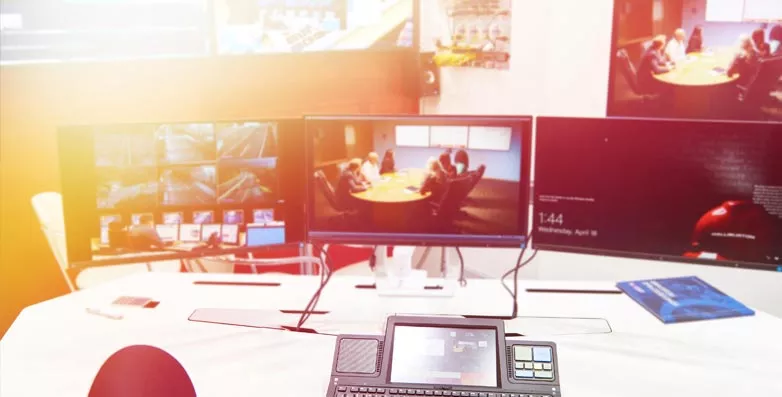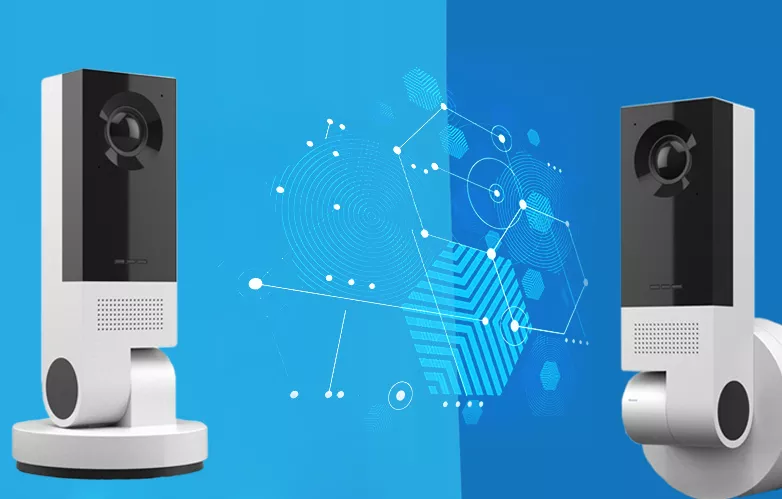IoT solutions have been around for more than two decades and have evolved significantly in terms of complexity, functionality and performance. IoT solutions started with basic automatic lighting solution and over the time, have impacted our lives with diverse end applications in smart cars, wearable devices, connected homes and robotics solution.
The growing adoption of the “Internet of Things” has facilitated the development of solutions for different verticals like industrial automation, transport, Consumer, Healthcare, Retail. Here is how a real world IoT implementation scenario looks like.
Here’s a highly probable scenario we will see in very near future. A girl visits a mall, and views a signage that guides her to the nearest parking slot. Her smartphone senses that she is close to a grocery store, and automatically syncs with the smart refrigerator at home to alerts her with a shopping list. Soon, the girl place her order on a smartphone, still walking around the mall at a leisurely pace. Her order has been synced with a network of in-sync robots that collect shopping items in the order and keeps the cart ready. Her credit card is automatically billed even before she collects the cart, and the receipt is already in the email inbox.
In fact, the order does not even need to be picked up at the store. Even now at the moment, e-retailers like Google Shopping Express and Amazon Fresh/ Amazon Prime are able to deliver the shopping goods. It is also possible to order, say – apples, beer or medicines from 3 different stores and have it synced to be dispatched at the same destination. No shipping costs are involved – for Google Shopping Express, membership is free for three months and $95 per year afterward. Both the consumer and the retailer benefit from IoT in e-commerce:
- For the consumer, shopping trips to the store can be reduced as much as 70%
- For the retailer, shopping cart abandonment is going to drastically reduce. In 2013, it was as high as 74% according to a survey by Barilliance, a leading e-commerce data company.
The implementation of IoT has been possible due to recent developments in technology namely
- Machine to Machine’ (M2M) communication: Newer protocols like Zigbee, Wi-Fi, NFC, Low Power LAN, etc.
- Wireless Sensor Networks: Reliable, Low Power solutions that are easily accessible
- Cloud computing: Enabling remote monitoring, control, upgrades and diagnostics
- Mobility can provide real-time, context-based information to plant-floor and site operation workers on smartphones, tablets and other smart devices.
- Big Data—Real time dashboards and performance indicators to uncover hidden inefficiencies and improve productivity, machine up- time and product quality.
To obtain the maximum benefits from these IoT solutions, in addition to connectivity and real time awareness, analytics and intelligence is an important feature to enable full process automation. This will extend the solutions capability from data capturing/ monitoring to data processing for making intelligent decision and control in real time. IoT gateways and Edge computing platform are the two major components of the IoT solution.
The IoT gateways provide flexible connection between sensor and cloud for enabling intelligent big data analysis and data-driven decision making. The IoT gateway also helps cloud servers through wireless 3G/Wi-Fi and wired LAN networks.
IoT Edge computing platform is an intelligent system which can connect clouds with/without IoT gateways. The IoT platform usually is based on a light low-power computing processor and integrated with embedded operating system BSP like Android.
Up until now, IoT solutions largely had to be built from scratch with a high degree of customization to specific requirements, which would drive up the cost and complexity of development and deterred many prospective entrants to the market. What has been missing are developer tools / kits that alleviate the costs associated with building the foundational infrastructure so they can focus on optimizing the core functionality and bring solutions to market more quickly with less cost. With strong competence in embedded technology and platforms, eInfochips has launched Eragon product line comprising of System on Modules and Development kits based on Snapdragon processors. This product line is an ideal solution to kick start the IoT platform development.
 eInfochips Eragon 410 based on Snapdragon 410, offers high performance, rich multimedia, low power consumption and support for multiple operating systems (Android, Linux, Windows 10). This can be leveraged for IoT edge computing use cases in smart homes, industrial automation, digital media players, smart surveillance and home appliances, and is designed for longevity.
eInfochips Eragon 410 based on Snapdragon 410, offers high performance, rich multimedia, low power consumption and support for multiple operating systems (Android, Linux, Windows 10). This can be leveraged for IoT edge computing use cases in smart homes, industrial automation, digital media players, smart surveillance and home appliances, and is designed for longevity.
Feature Highlights:
– Quad ARM® Cortex® A53 at up to 1.4 GHz with both 32-bit and 64-bit support
– Qualcomm® Adreno™ 306 Graphics with support for multiple APIs including OpenGL ES 3.0, DirectX, and OpenCL for PC-quality graphics
– 13MP camera support with Wavelet Noise Reduction and JPEG Decoder done in hardware
– Integrated support for Wi-Fi/WLAN, Bluetooth® and GPS
 eInfochips Eragon 600 based on Snapdragon 600 processor is ideal for building advanced systems with multi-core performance and immersive 3D graphics. The energy-efficient Snapdragon 600 processor allows for long battery life and smaller industrial designs, and is designed for longevity.
eInfochips Eragon 600 based on Snapdragon 600 processor is ideal for building advanced systems with multi-core performance and immersive 3D graphics. The energy-efficient Snapdragon 600 processor allows for long battery life and smaller industrial designs, and is designed for longevity.
Feature Highlights:
– Quad-core Qualcomm® Krait™ 300 CPU at up to 1.7GHz per core for advanced multitasking and multithreaded application support
– Qualcomm® Adreno™ 320 Graphics with support for APIs including OpenGL ES, DirectX and OpenCL for console-quality 3D graphics
– Qualcomm® Hexagon™ QDSP6 V4 (up to 500MHz) for differentiated signal processing
– 1080p video encode/decode with multi-screen HD support and integrated HD
eInfochips leveraged its existing the Eragon 600 system on module to kick-start custom hardware design for a Smart Kiosk solution. This Smart kiosk solution will be the first-of-its-kind solution that will replace the existing public pay phones and transform the physical streetscape and provide access to information for city dwellers and visitor through interactive digital displays.







